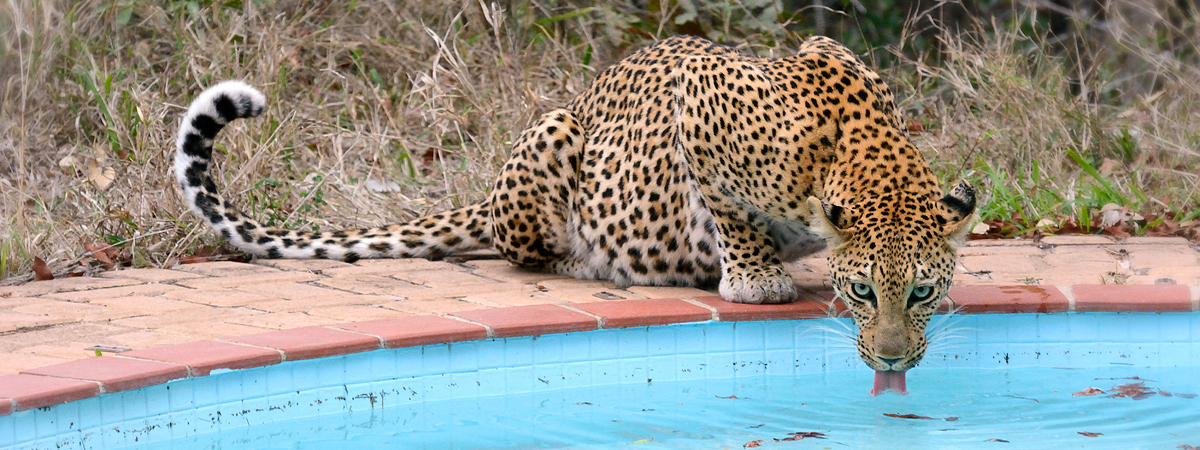It has often been said that Tanzania has more than its fair share of natural marvels; from abundance of wild animals to natural landscapes.
This was proven recently when Tanzania bagged 3 of the Seven Natural Wonders of Africa.
The Serengeti, Mount Kilimanjaro, and the Ngorongoro Crater are also among several world natural heritage sites of global importance.
The Seven Wonders of Africa Project was initiated in 2008 by US, Texas-based Dr Phillip Imler, founder of the Seven Natural Wonders, a nonprofit making organization, to identify seven natural wonders on the African continent and protect them.
This is part of a bigger project, The Seven Natural Wonders of the World, which identifies notable sites with a view to conserving them. It mainly identifies winners through public and expert voting. For Tanzania to have three of its tourism sites listed in the Seven Natural Wonders of Africa is a big boost to the country’s tourism sector, casting it in the international limelight as one of Africa’s top destinations.
This will undoubtedly attract more tourists to visit Tanzania and other African countries whose sites have made it onto the Wonders of Africa list.
Dr Imler noted that Serengeti received the most votes and the most number one votes among the 13 sites that entered the race. He described the Serengeti migration as the longest and largest overland migration in the world.
The Serengeti plains account for over 18,641 square miles and the migration itself travels 500 miles on the path from Tanzania to the Maasai Mara Reserve in Kenya.
Approximately 80 per cent of the Serengeti plains are protected by the Tanzanian and Kenyan governments. It is home to over 70 larger mammals and approximately 500 different types of birds.
Mount Kilimanjaro was described as one of the largest stratovolcanoes in the world reaching 19,340 feet (5,895 m) into the air.
As the tallest mountain in Africa, Mount Kilimanjaro is also the tallest free standing mountain in the world, a composite volcano that includes layers of lava, tephra, and volcanic ash. The volcano is currently inactive with no known history of eruptions. The Mountain has seven distinctive peaks with Uhuru Peak accounting for the mountains highest elevation at 19,341 feet (5,895 m).
A 1.5 mile wide crater is featured as part of the Kibo portion of the mountain. “The high elevation and proximity to the equator allows visitors to experience a variety of climate types. Kilimanjaro also features a year round snow-topped peak. Although the volcano is isolated, it is part of the line of volcanoes that reach across northern Tanzania,” he explained.
The Ngorongoro Crater is the world’s largest unbroken caldera.
Often referred to as “Africa’s Garden of Eden,” the crater is home to over 30,000 animals including elephants, lions, cheetahs, wildebeests, buffaloes, many species of birds and the rare black rhinos. The Crater was created from a volcano that exploded creating the caldera that is now a wildlife haven.
It is 12 miles (19 km) across and encompasses 102 square miles (264 sq km). The rim of the crater rises just over 2,000 feet (610 m) above the caldera floor reaching an elevation of 7,500 feet (2,286 m).
Other natural wonders in Africa declared winners in the race are; the Red Sea Reef, River Nile, credited as being the longest river in the world, Sahara Desert, also the largest in the world and the Okavango delta in Botswana.

